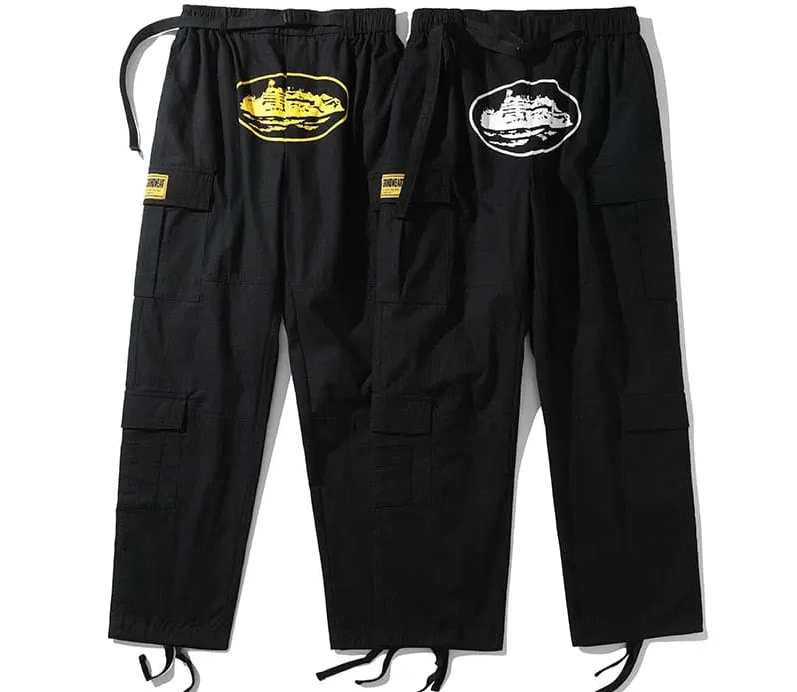Corteiz hose, a fundamental component in various industries and households, plays a crucial role in fluid transfer and irrigation systems. This article explores the history, types, advantages, applications, maintenance, and common issues associated with Corteiz hoses.
History of Corteiz Hose
Corteiz hose have a rich history dating back to their invention in the early 20th century. Originally crafted from rubber, these hoses underwent significant evolution with the introduction of synthetic materials like PVC and polyurethane.
Types of Corteiz Hose
Corteiz hoses come in various types tailored for different applications. Industrial-grade hoses are designed to withstand high pressure and abrasive materials, while residential hoses prioritize flexibility and ease of use.
Advantages of Corteiz Hose
Corteiz hoses boast several advantages over traditional alternatives. Their durability, flexibility, and resistance to weather conditions make them ideal for both indoor and outdoor use.
Applications of Corteiz Hose
From garden irrigation to fluid transfer in industries, Corteiz hoses find extensive applications in diverse fields. Their versatility and reliability make them indispensable tools for maintaining landscapes and facilitating manufacturing processes.
How to Choose the Right Corteiz Hose
Selecting the appropriate Corteiz hose involves considering factors such as material, length, diameter, and pressure rating. Assessing these parameters ensures optimal performance and longevity.
Maintenance Tips for Corteiz Hose
Regular cleaning, proper storage, and periodic inspections are essential for prolonging the lifespan of Corteiz hoses. By adhering to these maintenance practices, users can prevent common issues and ensure consistent performance.
Caring for Corteiz Hose in Different Seasons
Seasonal variations require tailored maintenance routines to safeguard Corteiz hoses against adverse conditions. Summer maintenance focuses on preventing overheating and UV damage, while winter maintenance involves protecting hoses from freezing temperatures.
Common Issues with Corteiz Hoses
Despite their durability, Corteiz hoses may experience issues such as leakage, cracking, and kinking over time. Prompt identification and remediation of these issues are vital to prevent further damage.
Troubleshooting Corteiz Hoses Problems
Minor leaks can often be repaired using patch kits, while severe damage may necessitate replacing sections of the hose. Understanding basic troubleshooting techniques empowers users to address issues promptly and effectively.
Environmental Impact of Corteiz Hoses
As environmental awareness grows, manufacturers are developing eco-friendly alternatives to traditional Corteiz hoses. These innovations aim to minimize the ecological footprint associated with hose production and disposal.
Future Innovations in Corteiz Hoses Technology
Advancements in materials science and manufacturing processes hold promise for enhancing the performance and sustainability of Corteiz hoses. Future innovations may include biodegradable materials and smart technologies for monitoring hose integrity.
Conclusion
Corteiz hoses represent a cornerstone of modern fluid transfer and irrigation systems, offering durability, flexibility, and reliability. By understanding their history, types, applications, and maintenance requirements, users can maximize the lifespan and performance of Corteiz hoses in various settings.
